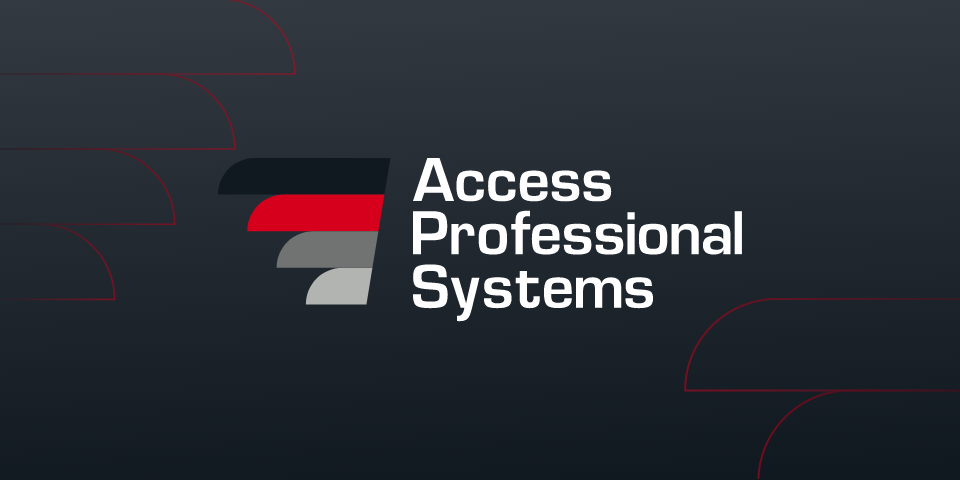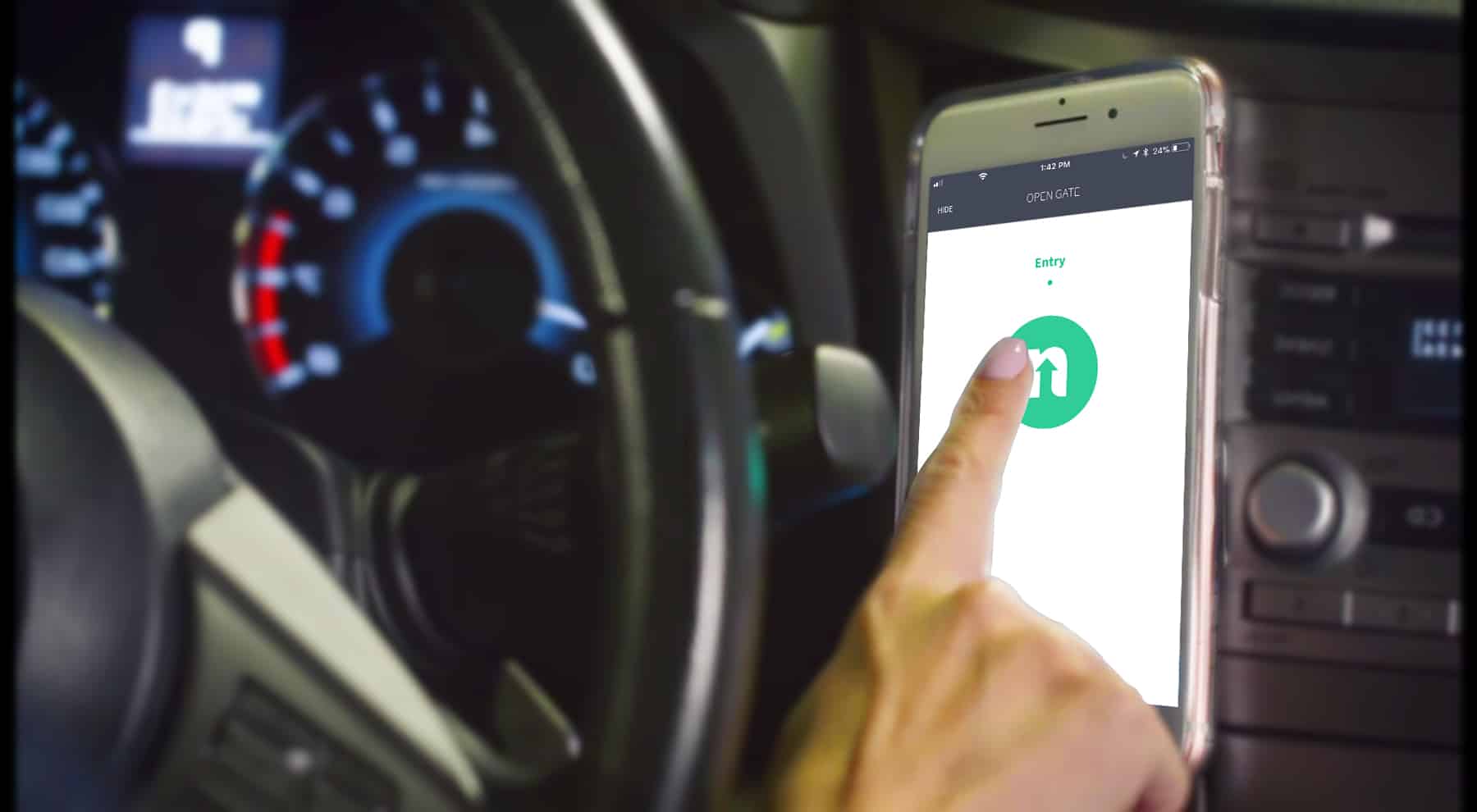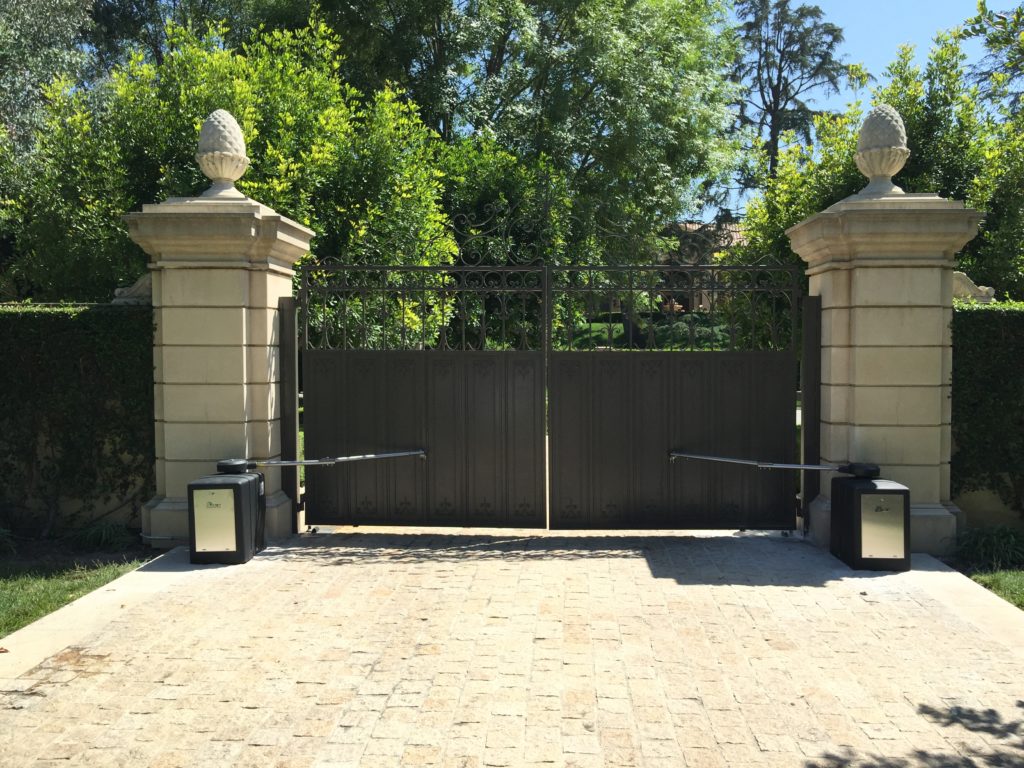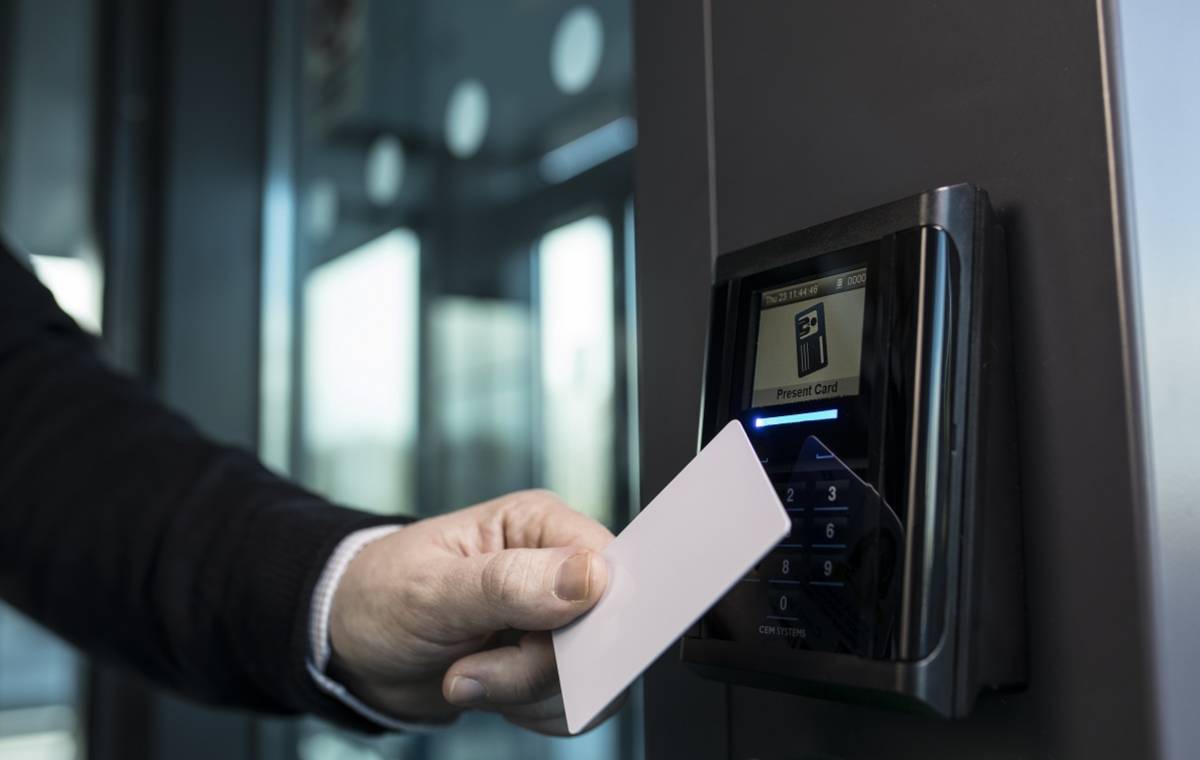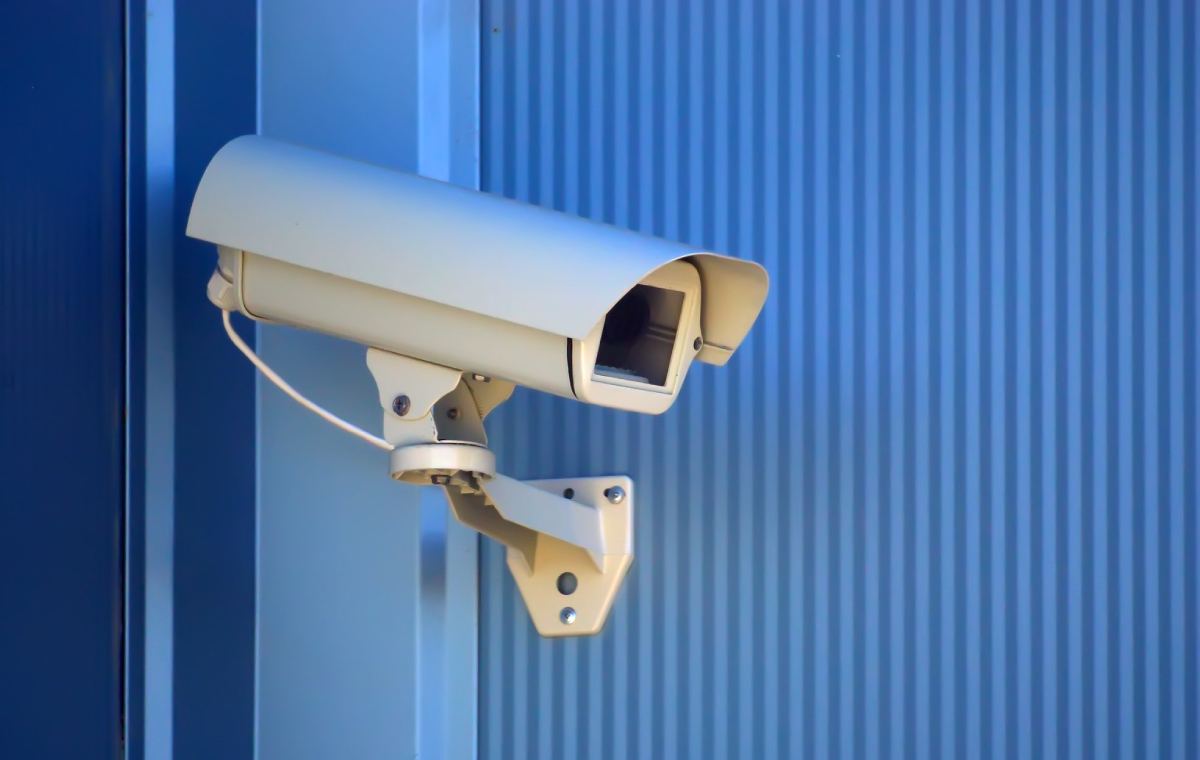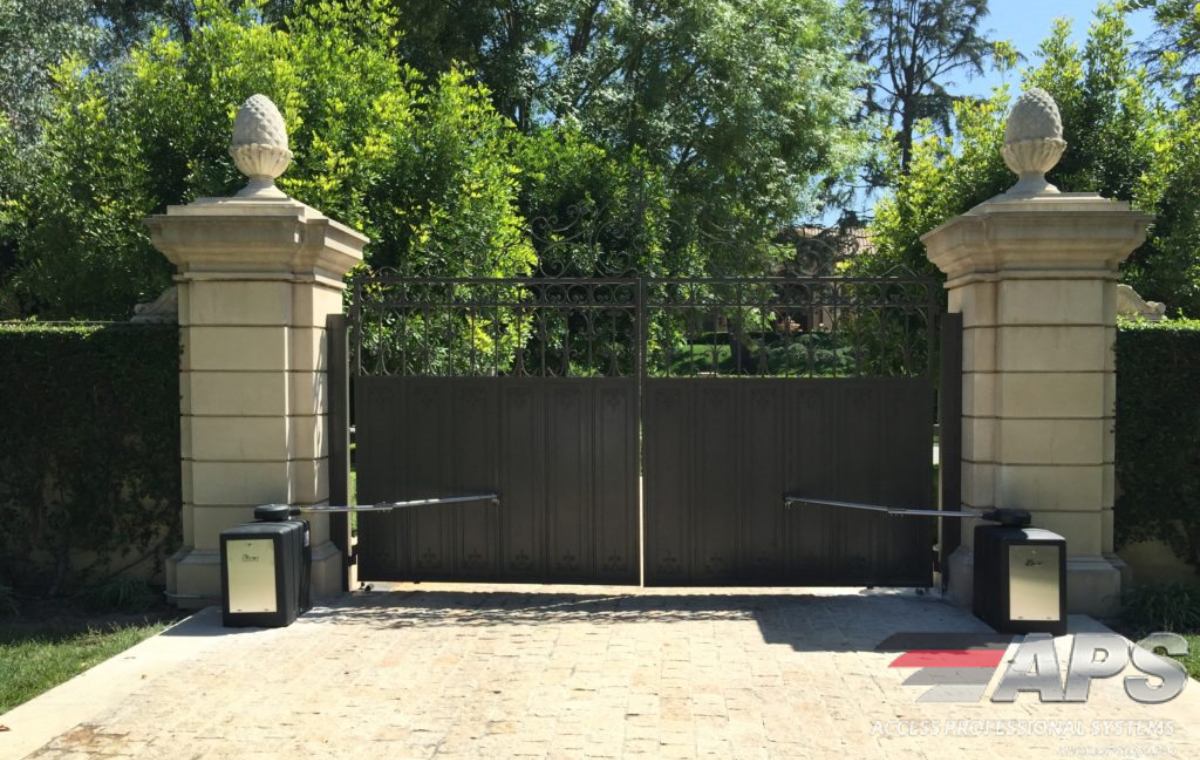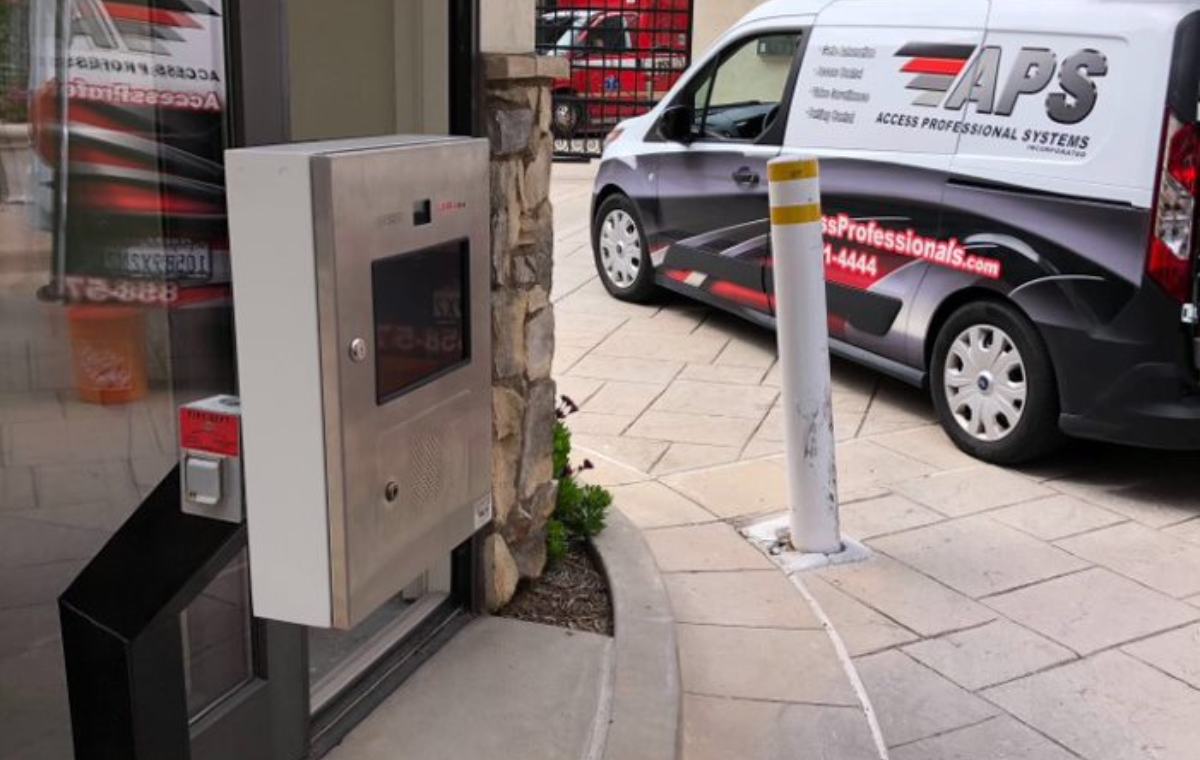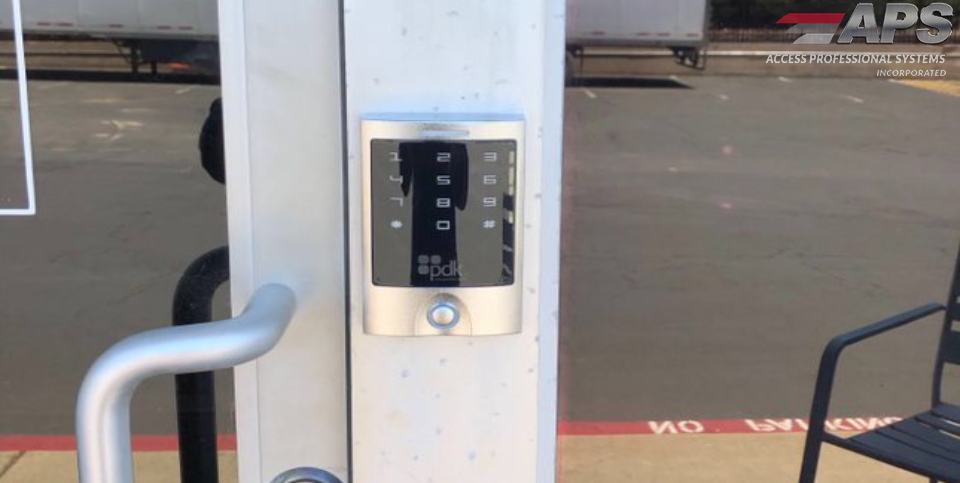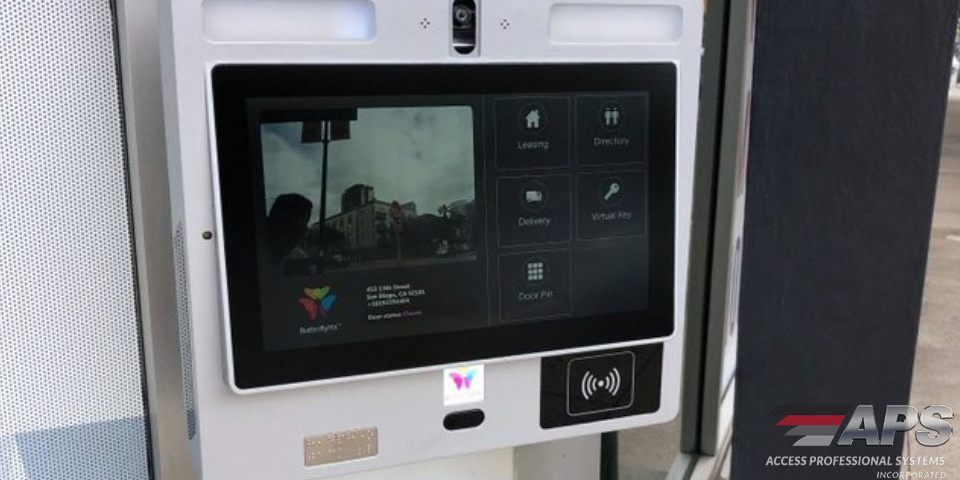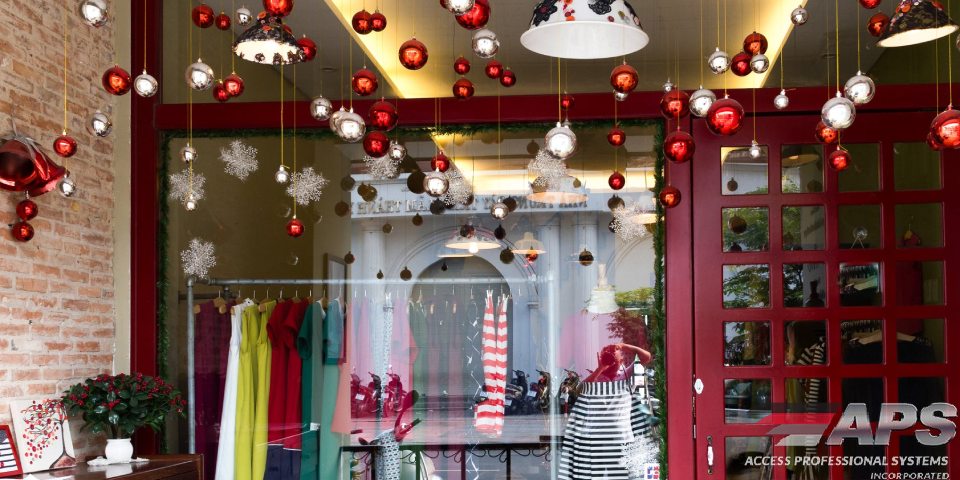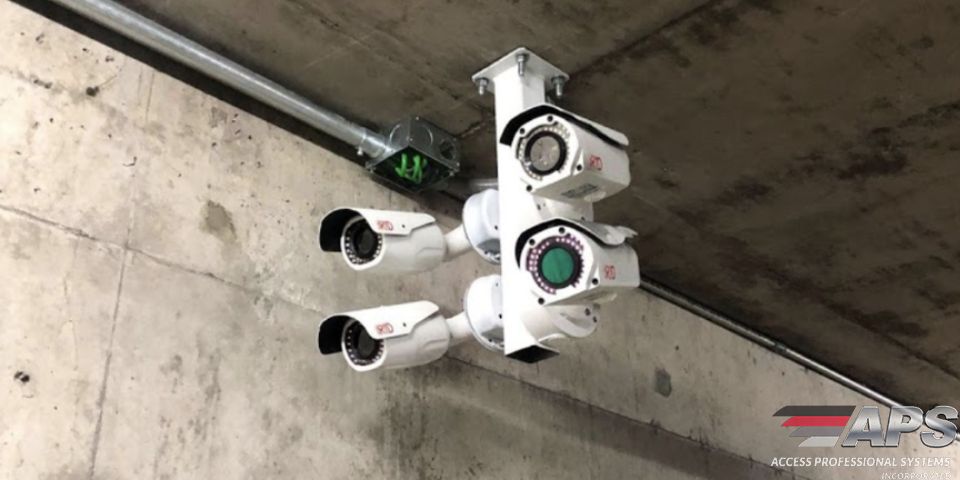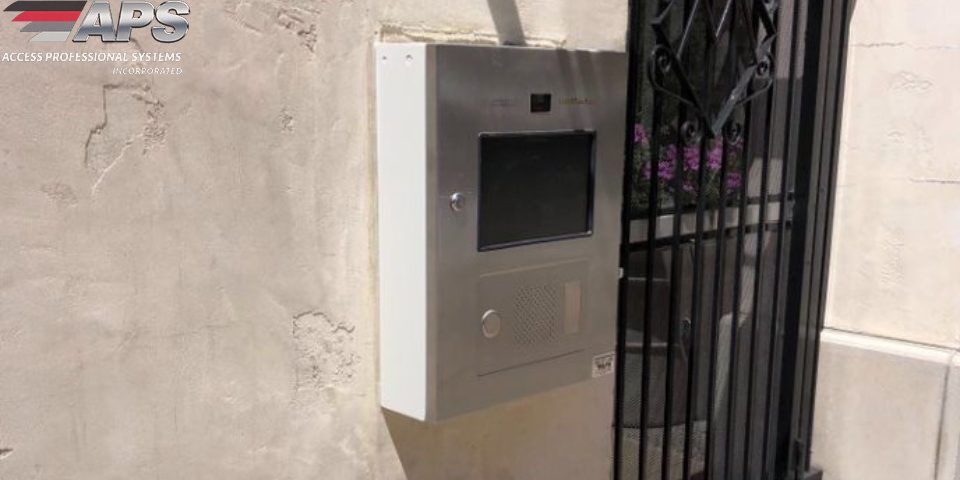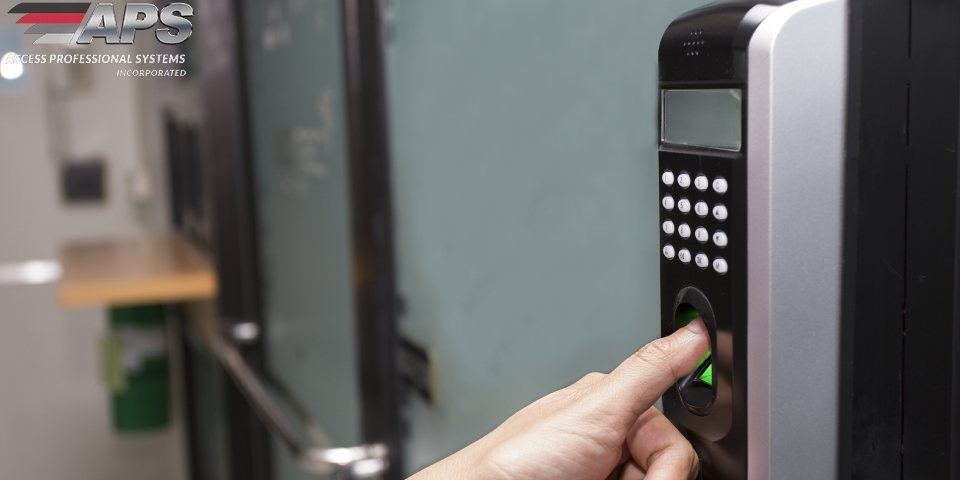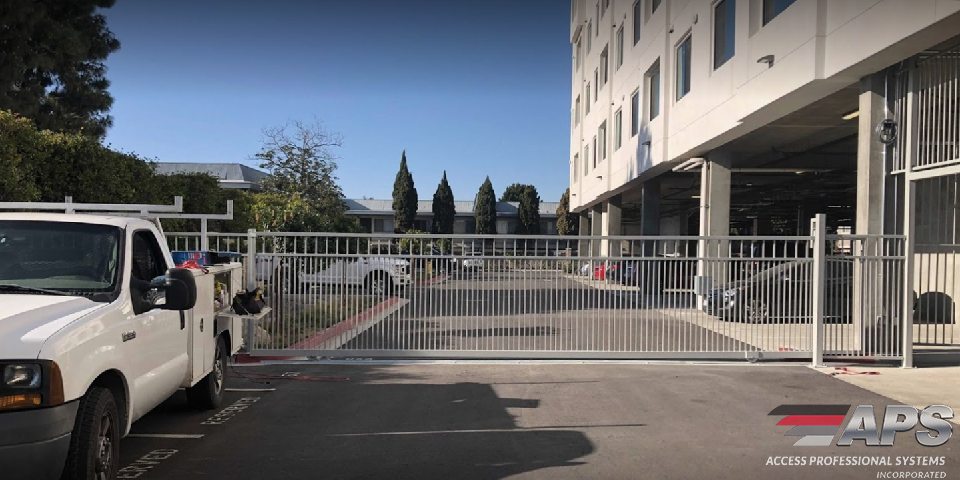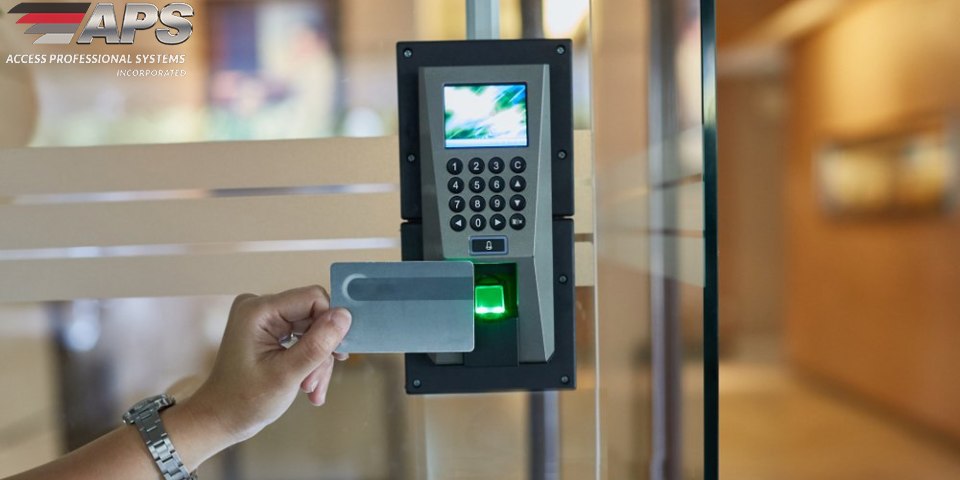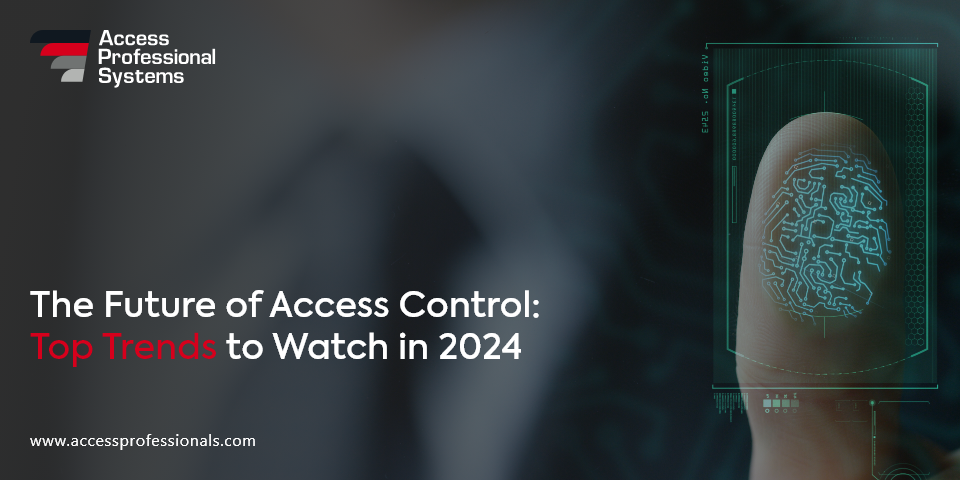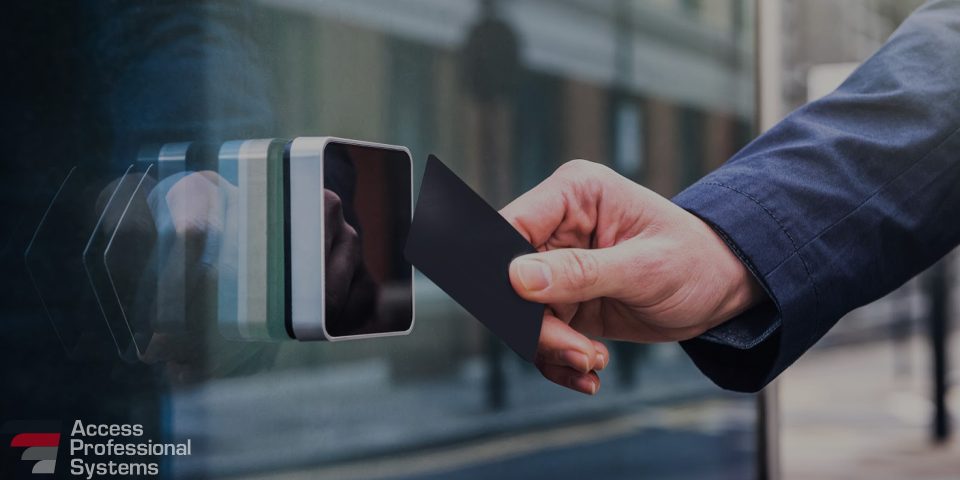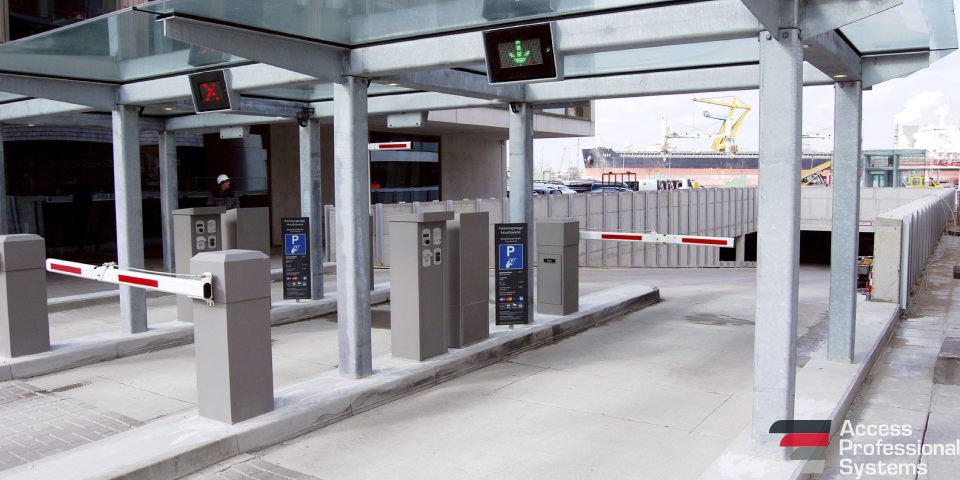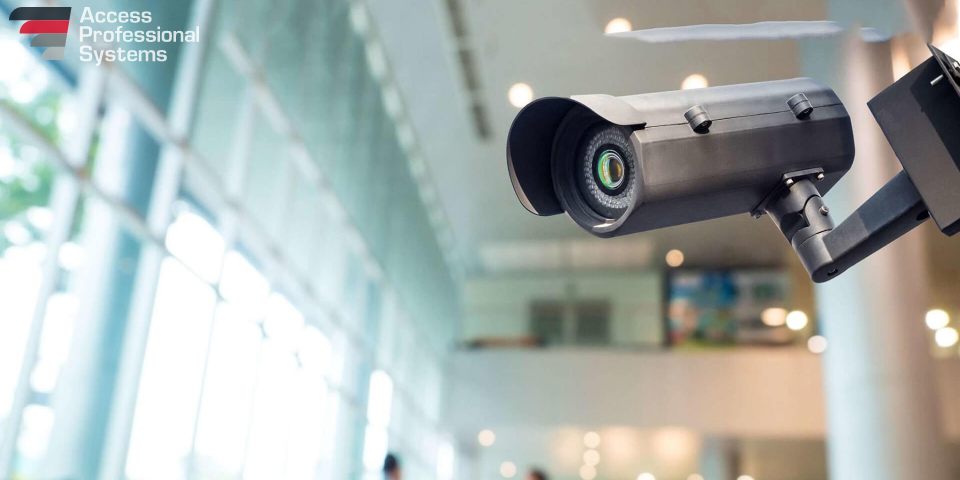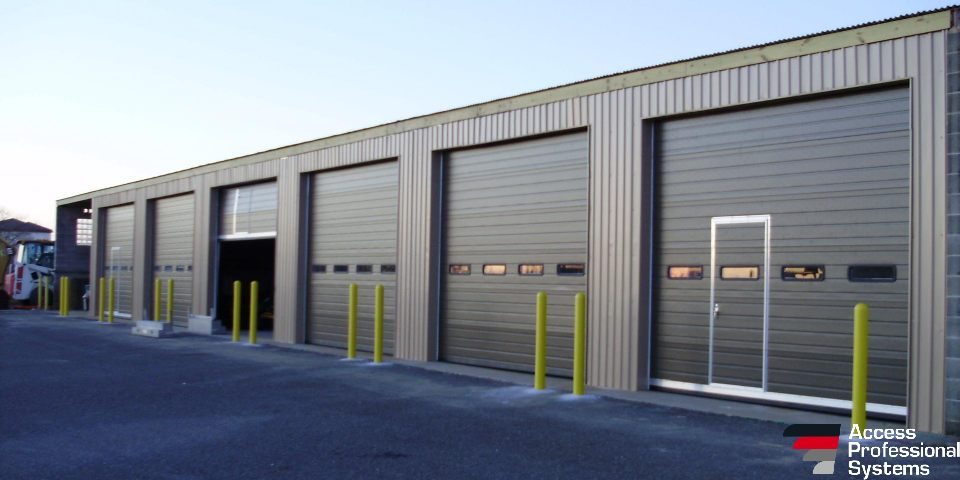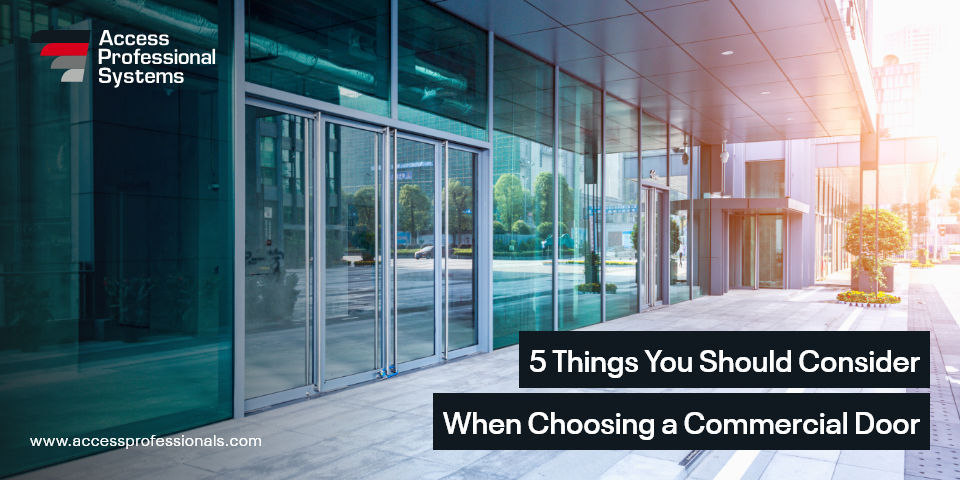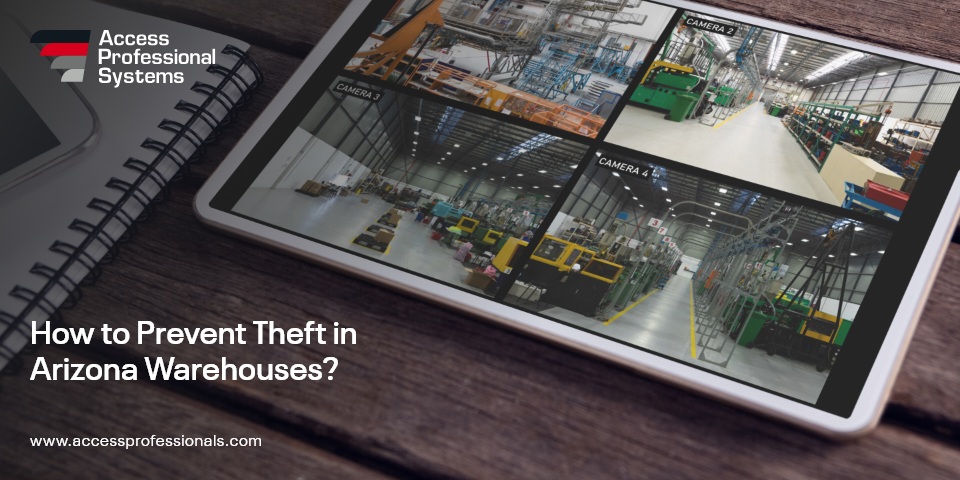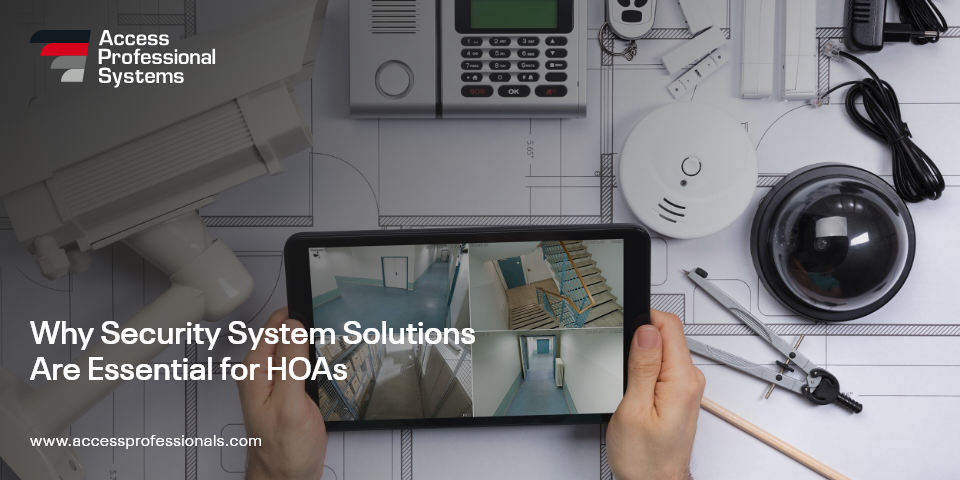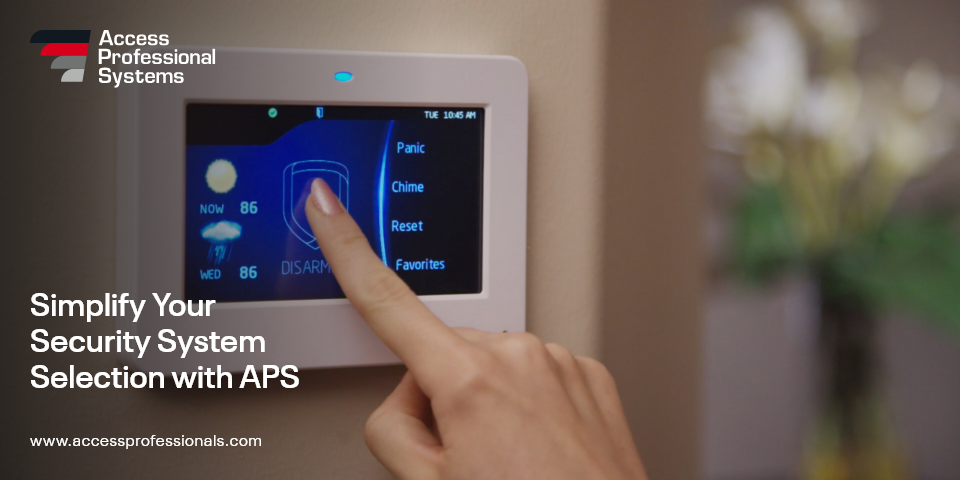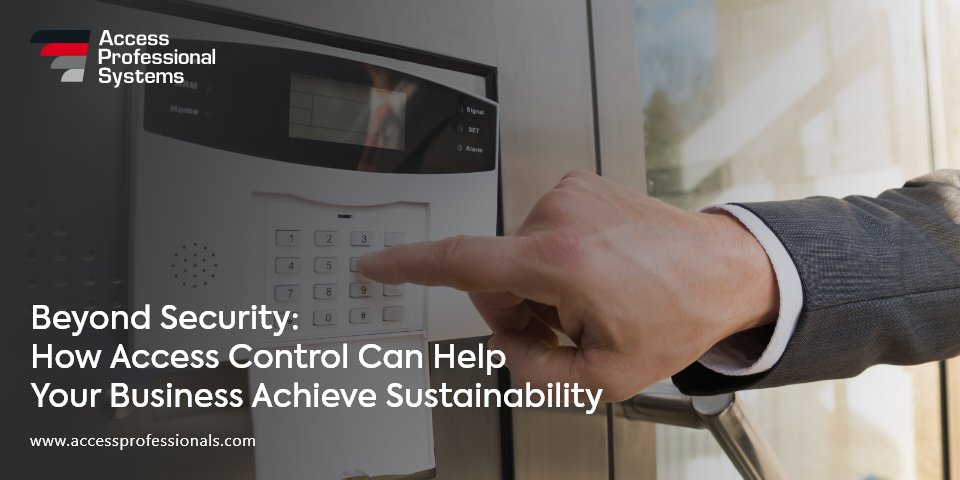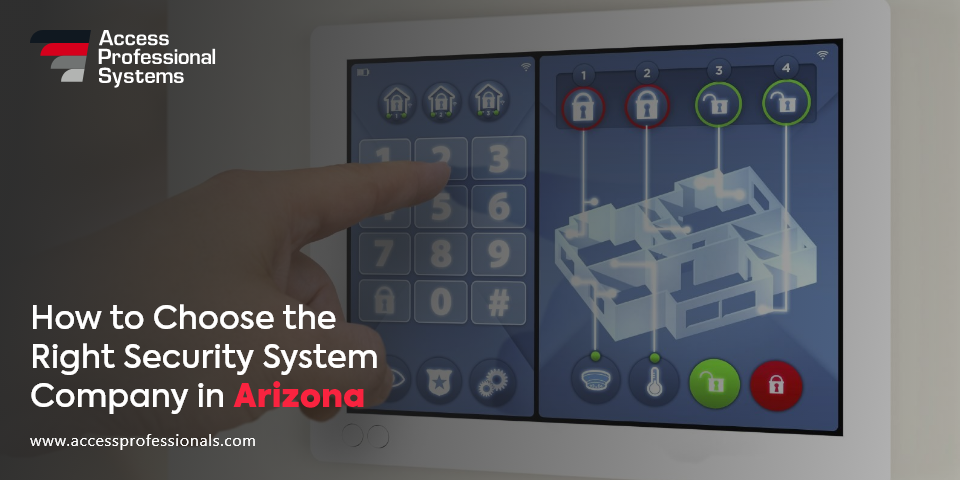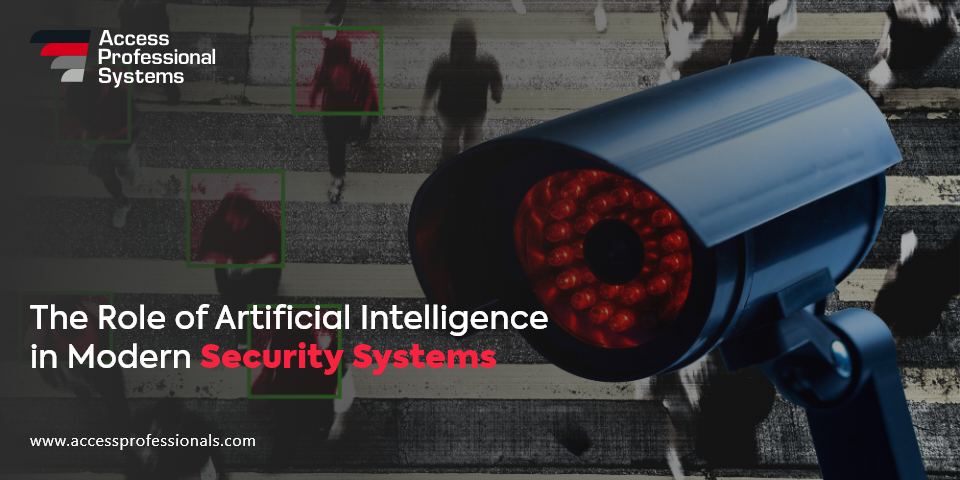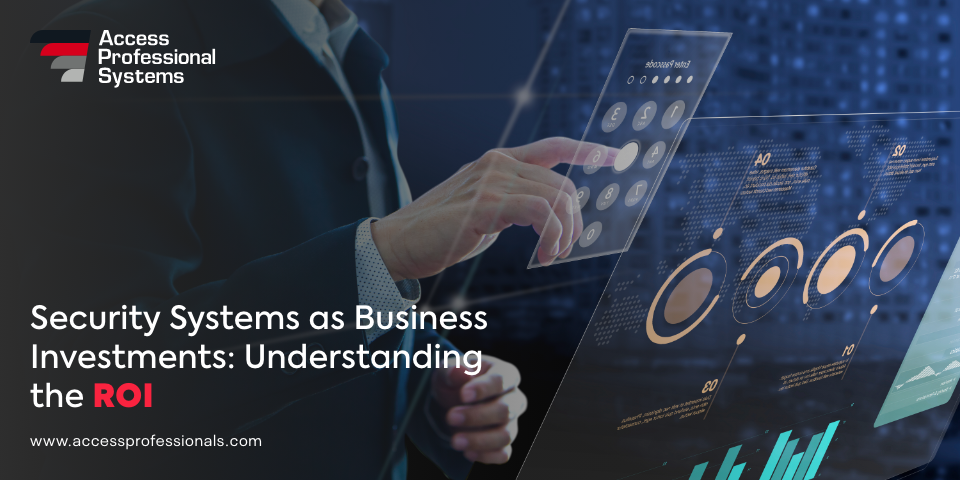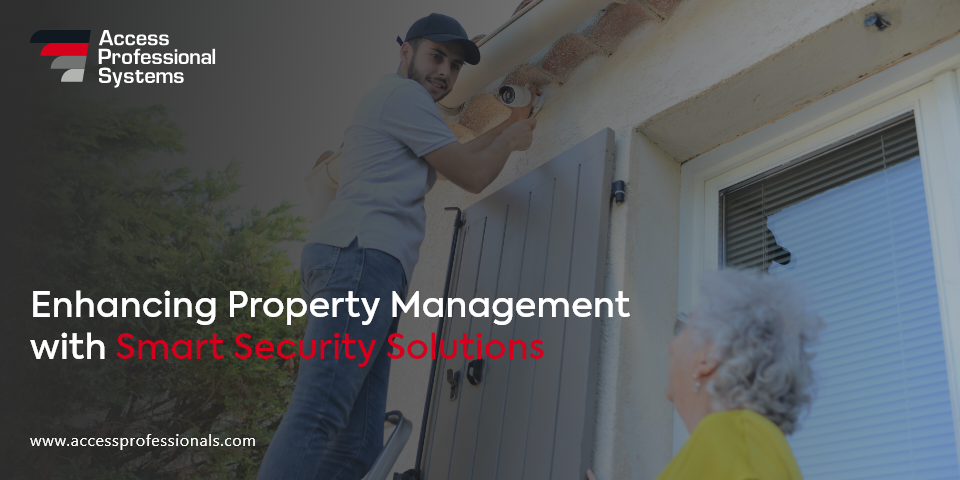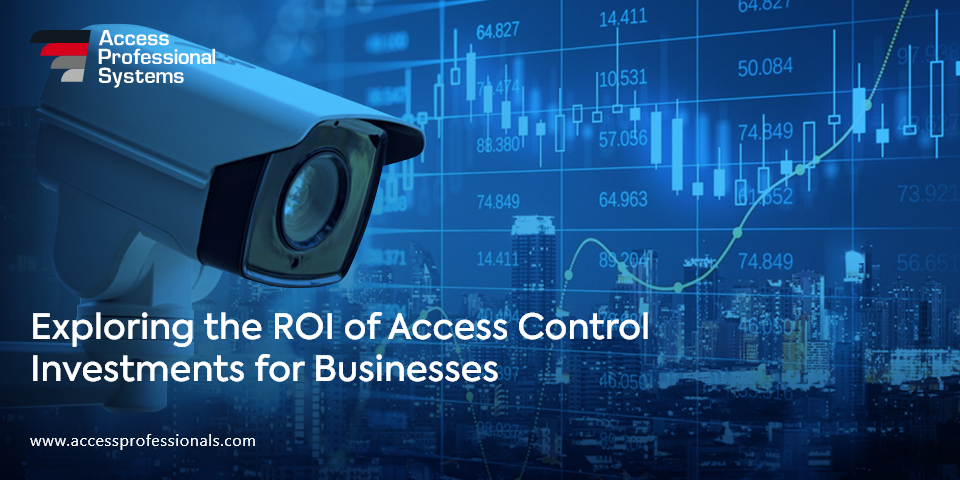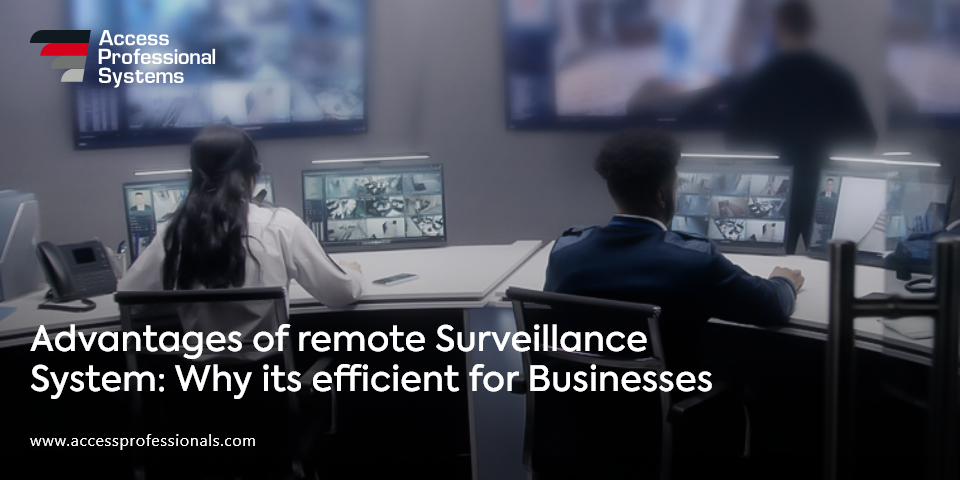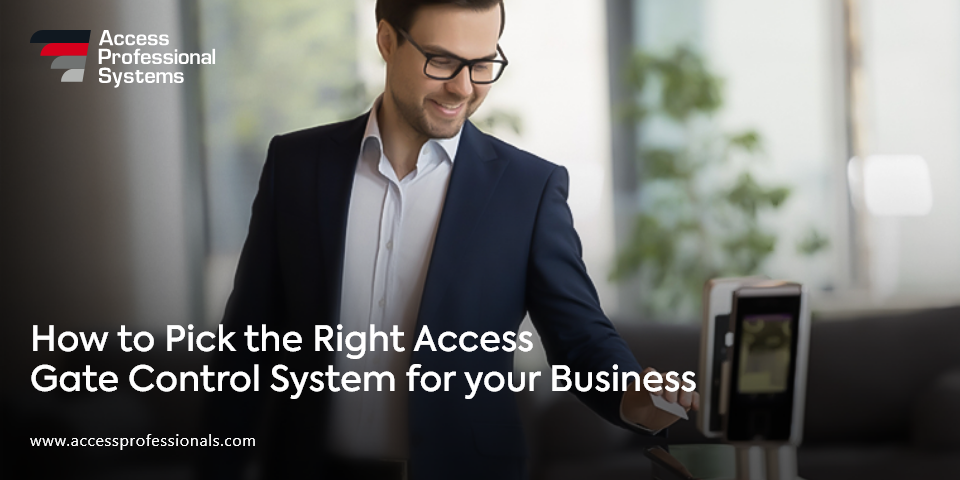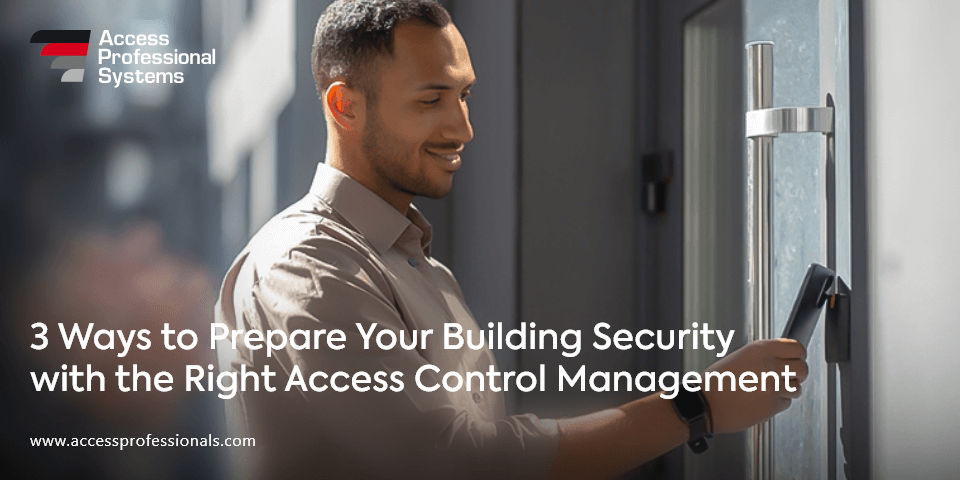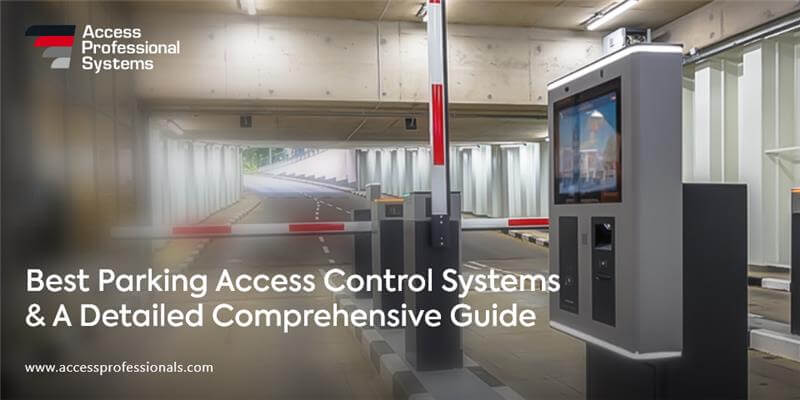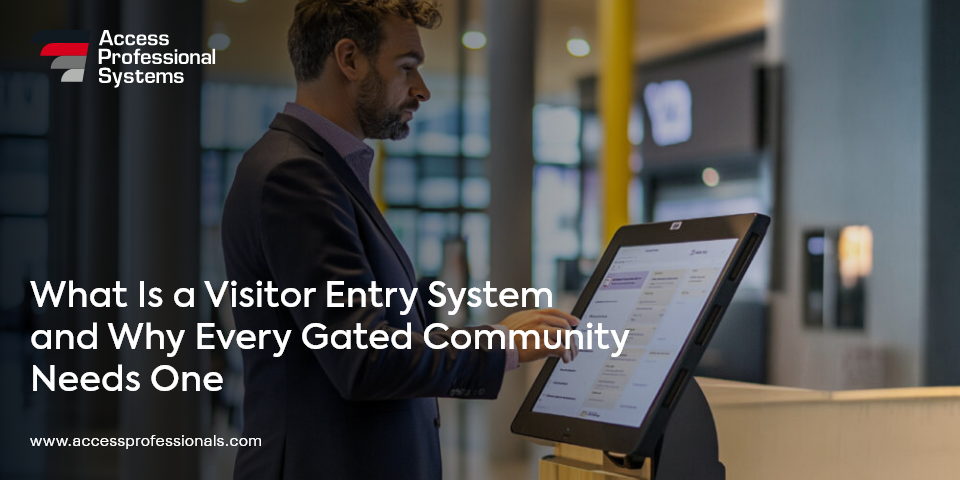
What Is a Key Card and Key Fob Access Control System?
In an era where security extends beyond locks and keys, modern access control systems are becoming the standard for businesses, residential communities, and public institutions. Among the most widely adopted solutions are key card entry systems and key fob access control systems. These technologies help manage who enters a building, track movement within a facility, and enhance overall safety – all while simplifying everyday operations.
Whether you’re exploring your first security upgrade or replacing outdated equipment, understanding how card access systems work and why they’re widely used can help you make informed decisions.
Understanding Card Access Control Systems
A card access control system uses electronic credentials – like proximity cards, fobs, or even smartphones – to grant or restrict access to buildings or specific areas. Unlike traditional keys, these credentials are programmable, trackable, and easy to manage. A reader scans the card or fob, communicates with a control panel, and determines whether to unlock the door based on the user’s permissions.
Common credential types include:
- Proximity Cards – Contactless cards with embedded RFID chips
- Key Fobs – Compact, durable tokens often kept on a keychain
- Mobile Credentials – Smartphone-based digital passes, increasingly popular for touchless access
Why Organizations Are Switching to Electronic Access
Data-Driven Decisions
Switching to a key card door entry system isn’t just about convenience but control and security. Consider these recent stats:
- According to the FBI, over 2.1 million property crimes occurred in the U.S. in 2023.
- Physical security breaches cause businesses an average annual loss of $3.86 million (Ponemon Institute).
- HID Global reports that 54% of organizations updated their access control systems in the past two years to meet modern security needs.
These numbers point to a clear trend: organizations invest in smarter, more trackable ways to manage physical access.
Benefits of Key Card and Fob Entry Systems
- No Physical Rekeying
If an employee loses a fob or leaves the company, their access can be revoked instantly—no locksmith required.
- Detailed Audit Trails
Every entry is logged and timestamped, offering transparency for compliance, audits, and internal investigations.
- Flexible Access Permissions
Permissions can be tailored by role, department, building, or time of day. Some systems also allow for temporary access—for contractors or guests—without compromising permanent user data.
- Scalable Infrastructure
Modern card key access control systems can start with one door and scale to multi-site operations. Features like cloud-based control panels and mobile credentials make remote management easier than ever.
Where These Systems Work Best
Card access systems are used in nearly every industry, from hospitals to office complexes. Here’s a snapshot of common use cases:
Healthcare – Secure pharmacy access, patient data zones
Education – Lockdown capability, restricted labs/classroom
Residential Complexes – Gated entries, mailroom security, parking control
Retail – Stockroom and back-office access, loss prevention zones
Corporate Offices – Role-based entry across departments/floors, guest management
These systems are also increasingly used in logistics and warehousing to secure docks, storage areas, and time-sensitive inventory, helping companies comply with insurance and industry regulations.
Choosing the Right System
If you’re evaluating providers or planning a new installation, consider the following features when selecting a system:
- Remote Access Control – Manage entries and permissions via cloud platforms without being on-site.
- Mobile Integration – Let employees and residents use their smartphones instead of physical cards or fobs.
- Event Logging and Reporting – Easily generate reports for security audits, HR inquiries, or compliance checks.
- Emergency Lockdown – Instantly secure all access points in the event of a threat or emergency.
- System Integration – Sync with surveillance, intrusion detection, visitor management, and intercom systems for a comprehensive solution.
- User Management – Look for role-based management tools that simplify onboarding, credential expiration, and scheduled access.
- Visitor Passes – Some systems allow QR code-based guest passes that expire after a set time, improving convenience and safety.
When comparing vendor partners, it’s also worth considering future needs. A good card access control system should support firmware updates, offer API integrations, and provide responsive support to keep your system up-to-date and secure long-term.
Final Thoughts
Card-based access systems – whether through fobs, cards, or mobile credentials—offer a smarter, more adaptable way to protect buildings and manage traffic. They reduce risk, streamline operations, and offer a level of control that traditional locks simply can’t.
If you’re considering a system for your property and want help from a trusted, experienced provider, Access Professional Systems offers tailored solutions backed by decades of hands-on experience in access control, gate automation, and integrated security technologies.
Explore your options or speak with a specialist today at accessprofessionals.com.
Share:
